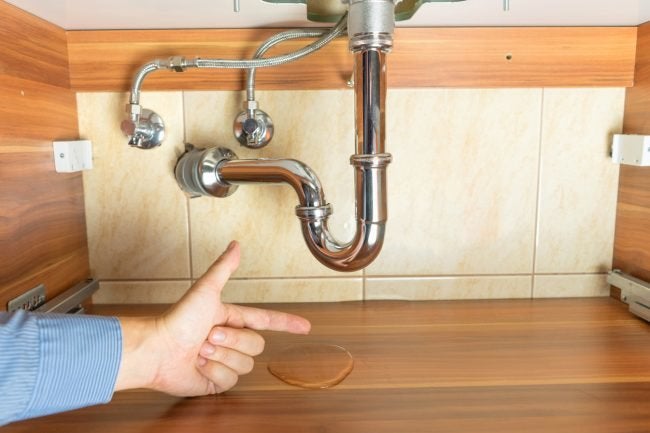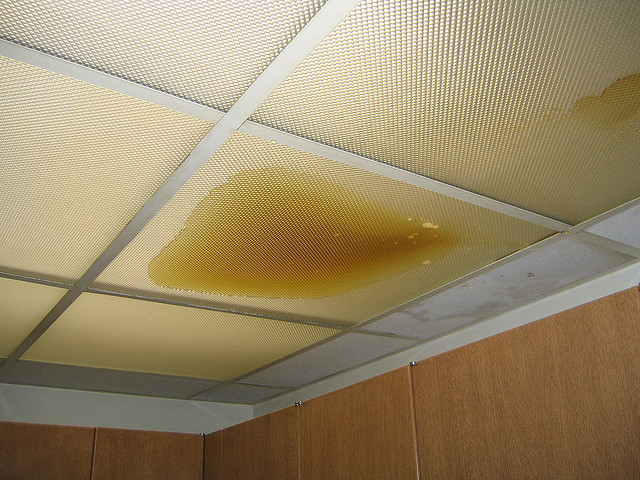On this page in the next paragraph you can discover a good deal of dependable insights involving Top leak detection hacks.

Early detection of leaking water lines can minimize a prospective calamity. Some tiny water leaks might not be noticeable.
1. Examine the Water Meter
Every home has a water meter. Examining it is a surefire way that helps you find leakages. For beginners, switch off all the water resources. Ensure no one will flush, use the tap, shower, run the washing maker or dish washer. From there, most likely to the meter as well as watch if it will change. Because no one is utilizing it, there need to be no activities. If it relocates, that suggests a fast-moving leakage. If you find no modifications, wait a hr or two as well as examine back once again. This suggests you may have a slow-moving leak that might also be underground.
2. Inspect Water Intake
Evaluate your water costs and also track your water usage. As the one paying it, you must see if there are any kind of discrepancies. If you spot sudden changes, despite your consumption being the same, it means that you have leakages in your plumbing system. Bear in mind, your water costs must fall under the very same array on a monthly basis. An abrupt spike in your expense indicates a fast-moving leakage.
A stable rise every month, also with the exact same habits, shows you have a slow-moving leak that's also slowly intensifying. Call a plumber to extensively examine your building, especially if you feel a warm area on your flooring with piping below.
3. Do a Food Coloring Examination
When it comes to water intake, 30% comes from bathrooms. If the shade somehow infiltrates your dish during that time without flushing, there's a leak in between the tank as well as dish.
4. Asses Exterior Lines
Don't neglect to check your outdoor water lines too. Test faucets by affixing a yard pipe. Needs to water permeate out of the connection, you have a loose rubber gasket. Change this as well as guarantee all links are limited. If you have actually got a lawn sprinkler, it will assist get it skillfully analyzed and also preserved every year. One tiny leakage can throw away lots of water and spike your water costs.
5. Evaluate the scenario and check
Homeowners must make it a behavior to check under the sink counters as well as also inside closets for any kind of bad odor or mold and mildew development. These 2 red flags indicate a leak so timely interest is needed. Doing regular examinations, also bi-annually, can conserve you from a significant trouble.
If you understand your home is currently old, maintain a watchful eye on your heaters, hose pipes, pipes and so on. Check for discolorations and also deteriorating as many pipes as well as appliances have a life expectancy. They will certainly likewise naturally deteriorate because of tear as well as put on. Don't wait for it to intensify if you believe leaking water lines in your plumbing system. Call a specialist plumber right now so you do not wind up with a terrible mess in your house.
Early detection of dripping water lines can minimize a possible calamity. Some small water leaks might not be noticeable. Inspecting it is a guaranteed way that aids you find leaks. One little leakage can lose heaps of water and increase your water expense.
If you suspect dripping water lines in your plumbing system, don't wait for it to intensify.
WARNING SIGNS OF WATER LEAKAGE BEHIND THE WALL
PERSISTENT MUSTY ODORS
As water slowly drips from a leaky pipe inside the wall, flooring and sheetrock stay damp and develop an odor similar to wet cardboard. It generates a musty smell that can help you find hidden leaks.
MOLD IN UNUSUAL AREAS
Mold usually grows in wet areas like kitchens, baths and laundry rooms. If you spot the stuff on walls or baseboards in other rooms of the house, it’s a good indicator of undetected water leaks.
STAINS THAT GROW
When mold thrives around a leaky pipe, it sometimes takes hold on the inside surface of the affected wall. A growing stain on otherwise clean sheetrock is often your sign of a hidden plumbing problem.
PEELING OR BUBBLING WALLPAPER / PAINT
This clue is easy to miss in rooms that don’t get much use. When you see wallpaper separating along seams or paint bubbling or flaking off the wall, blame sheetrock that stays wet because of an undetected leak.
BUCKLED CEILINGS AND STAINED FLOORS
If ceilings or floors in bathrooms, kitchens or laundry areas develop structural problems, don’t rule out constant damp inside the walls. Wet sheetrock can affect adjacent framing, flooring and ceilings.
https://www.servicemasterbyzaba.com/blog/how-to-detect-water-leakage-in-walls/

Hopefully you liked our part on Locating water leaks. Thank you so much for taking time to read through our short article. Sharing is caring. Helping people is fun. Many thanks for your time invested reading it.
Comments on “How to Check If Your Home Has a Covert Leak”